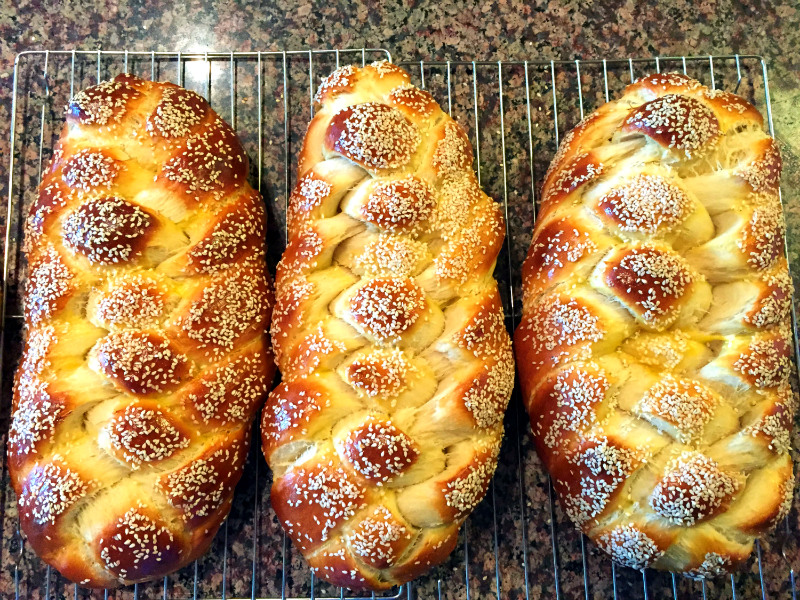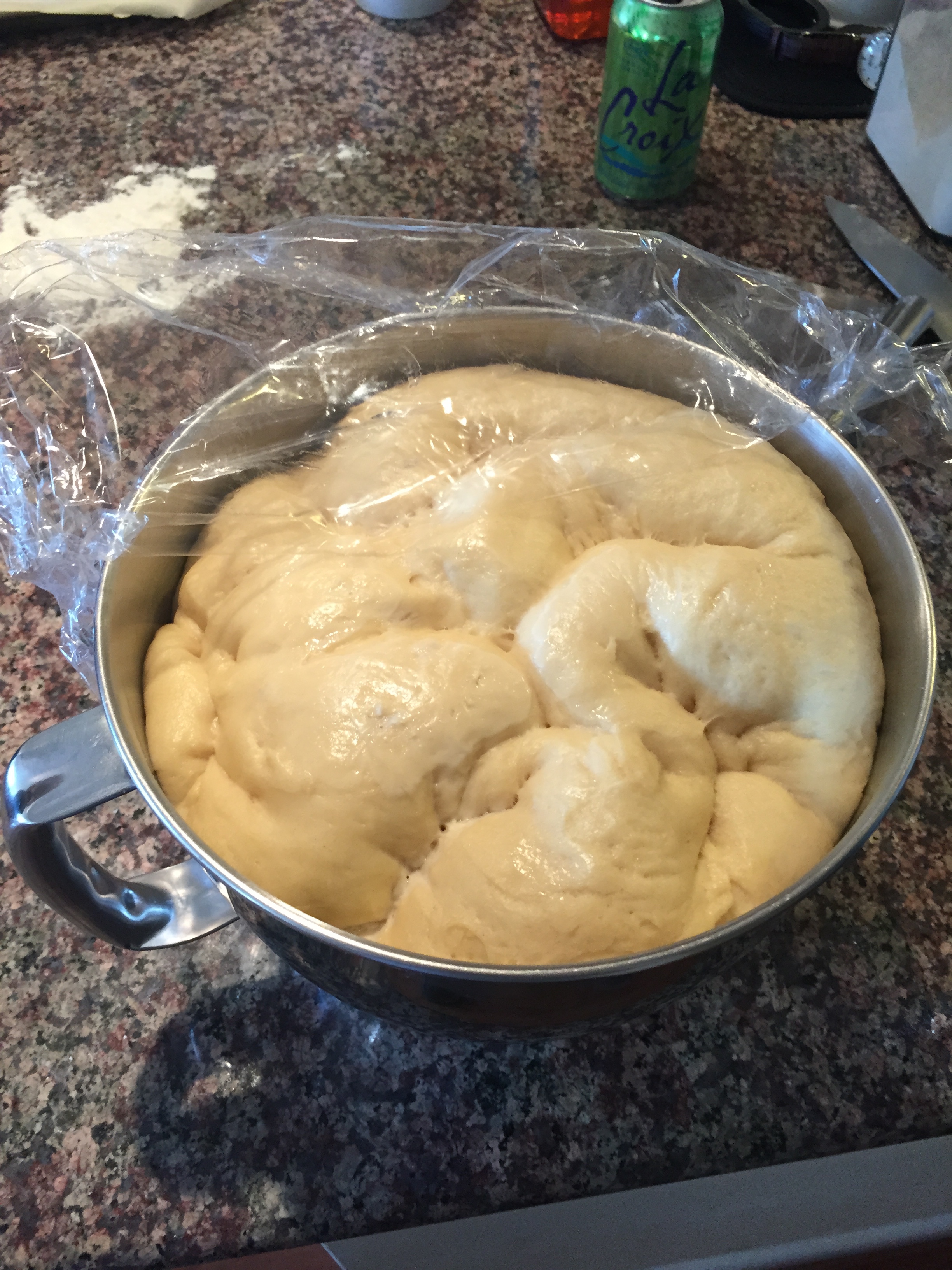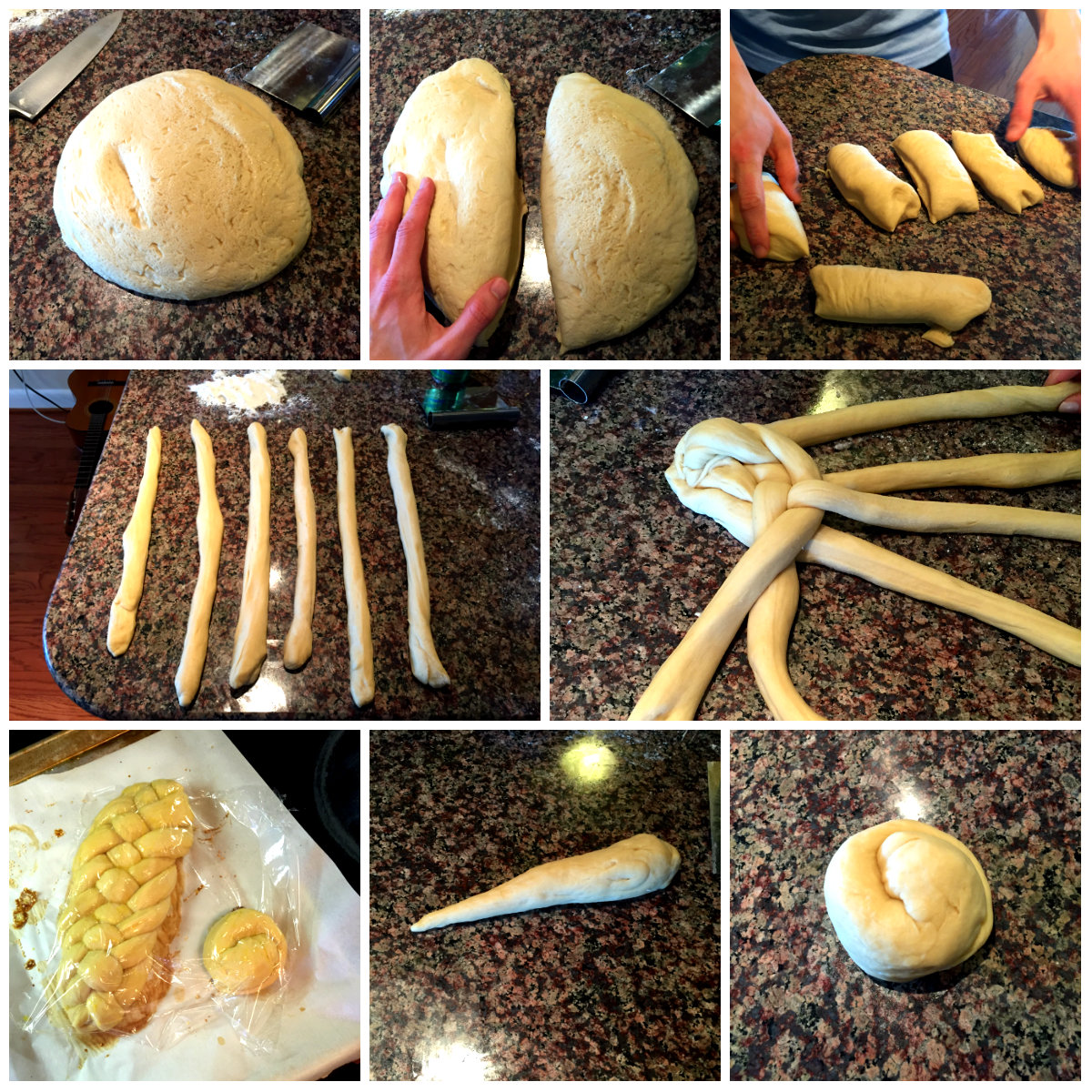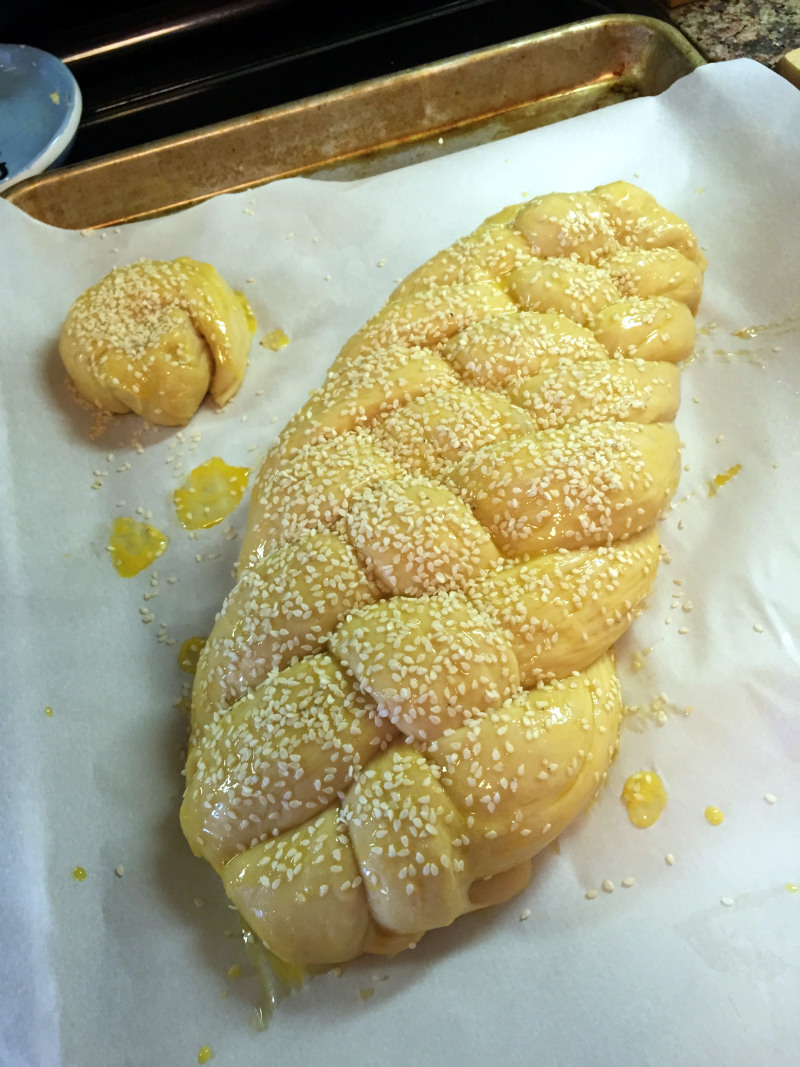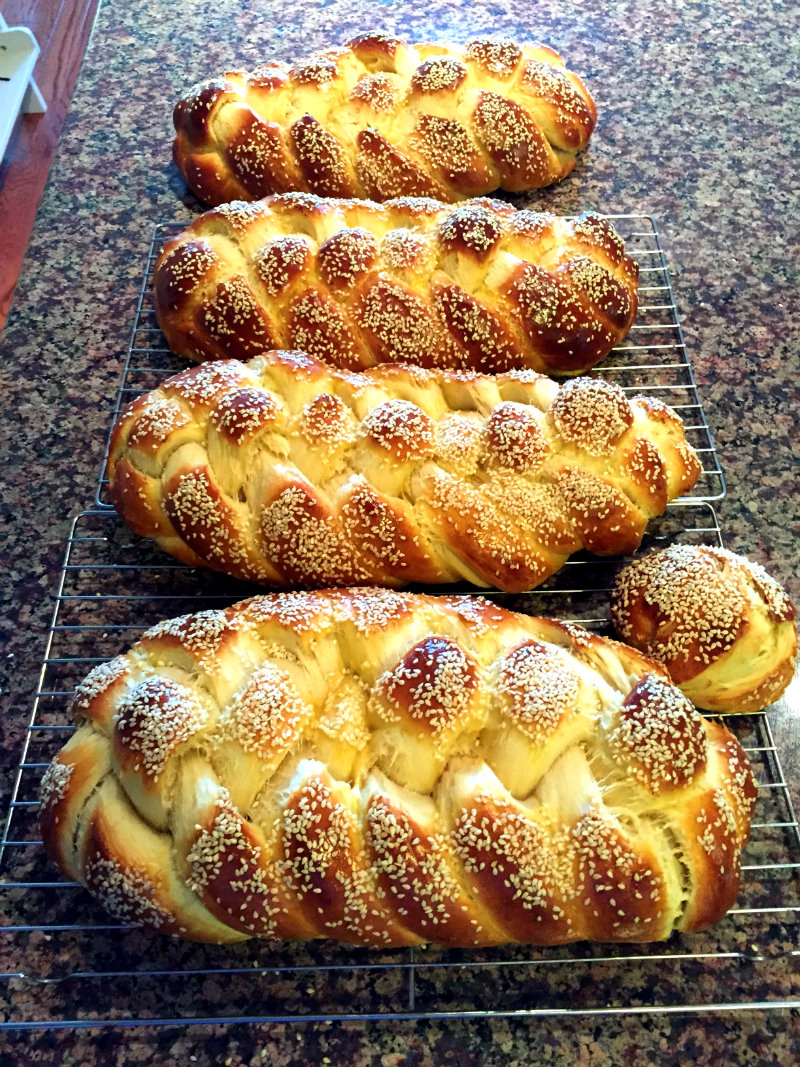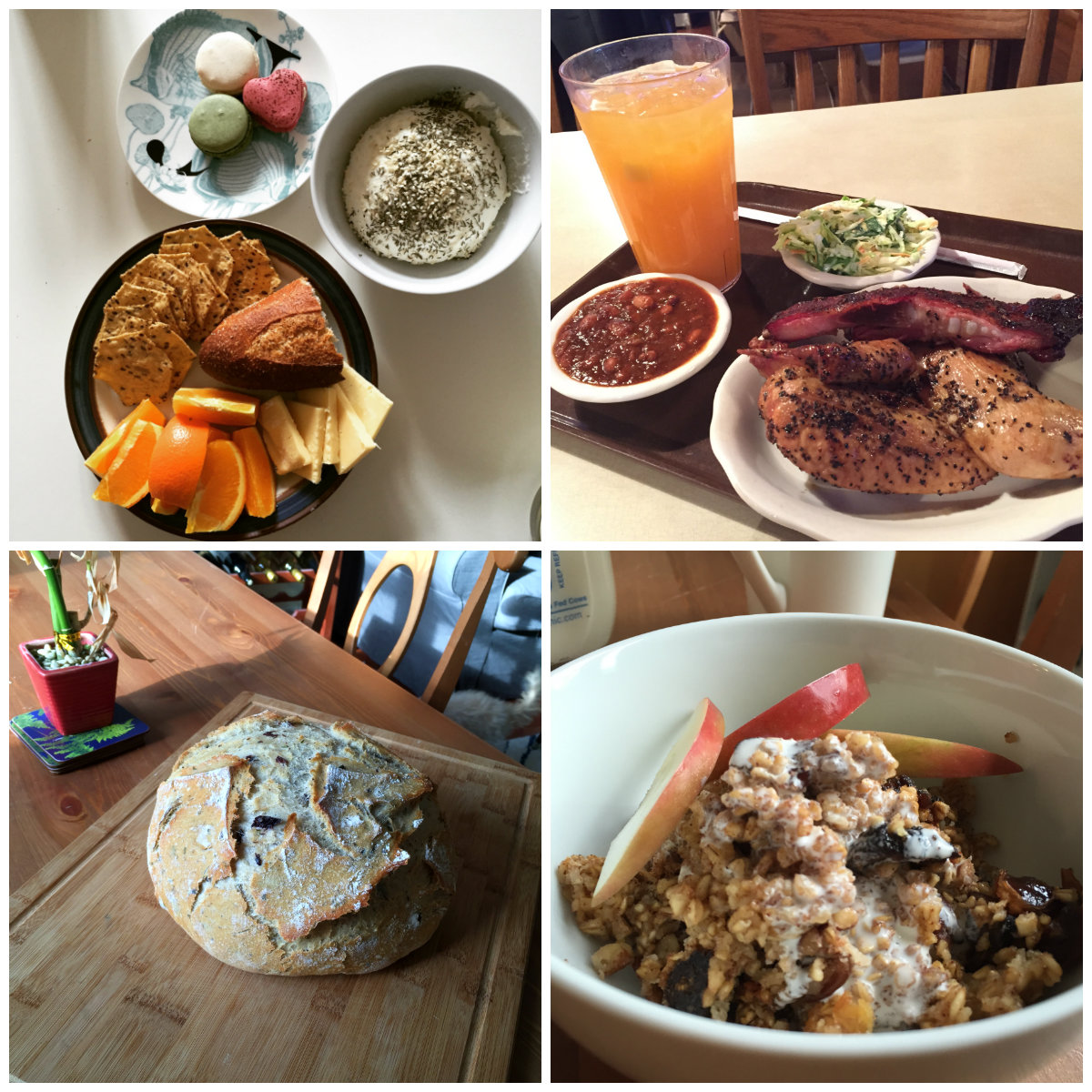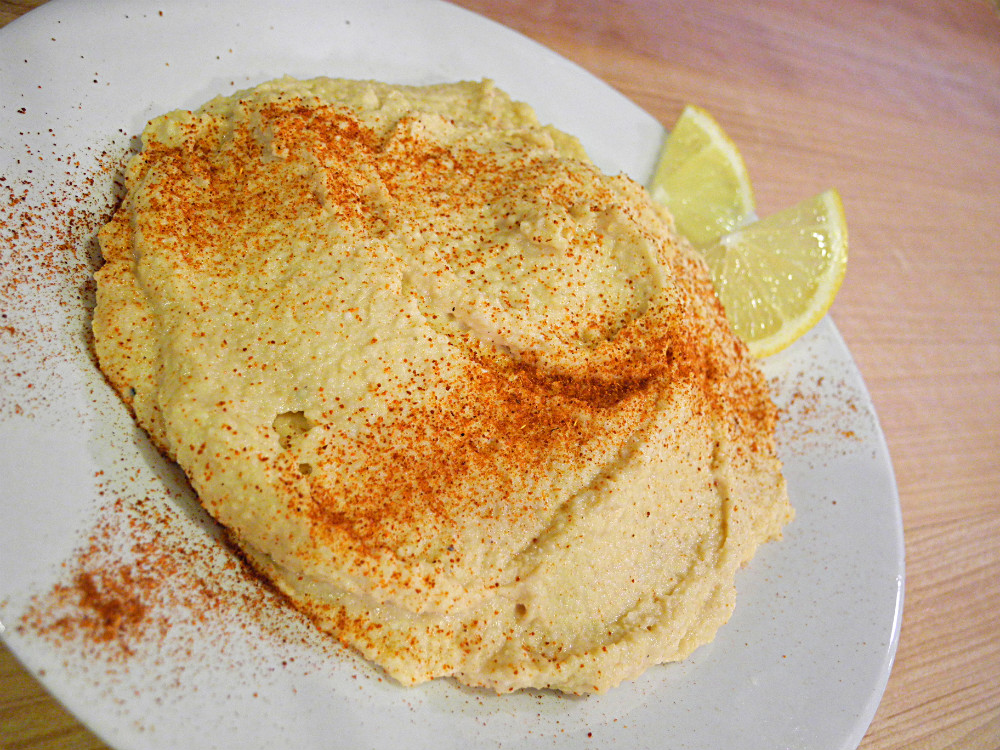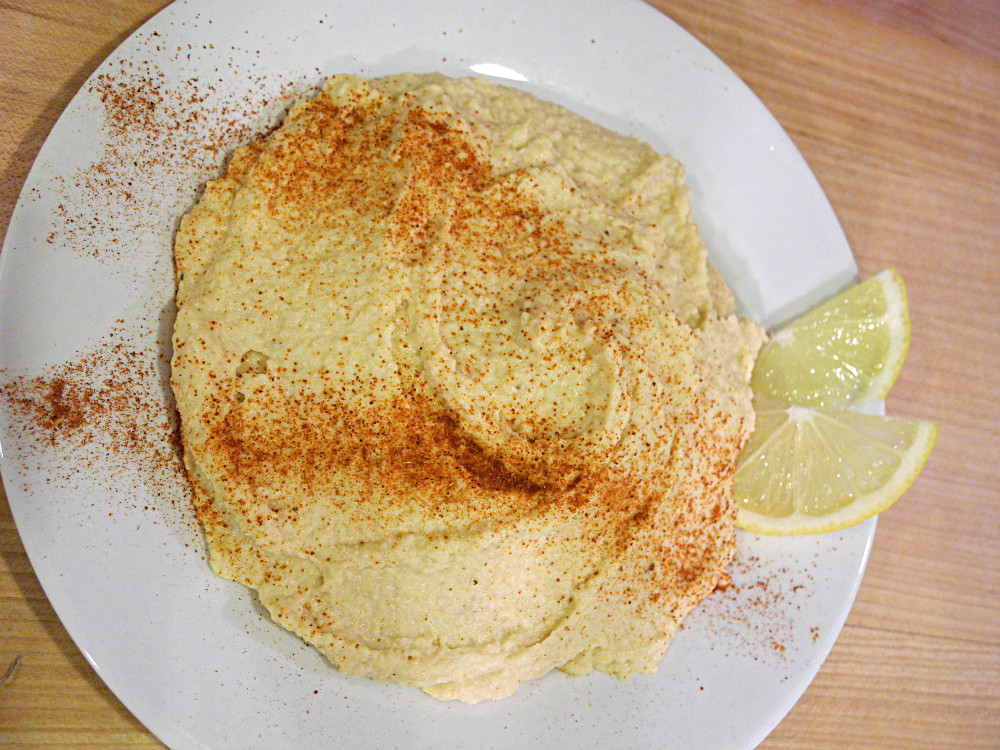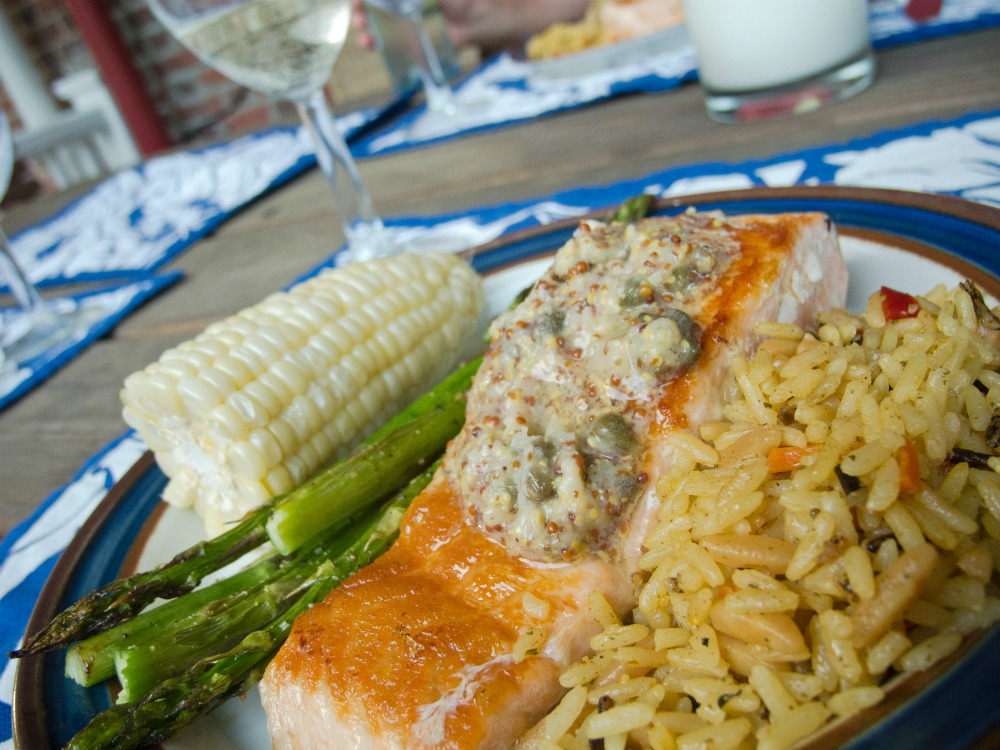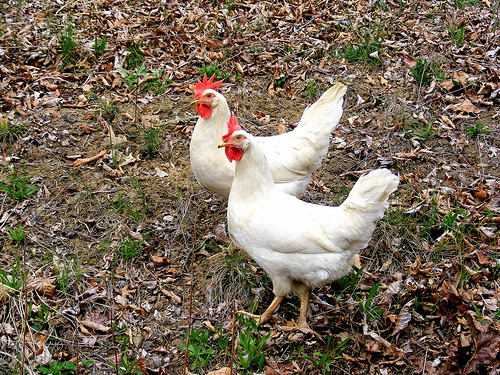Spicy Chicken & Chorizo Paella with Poblano Peppers
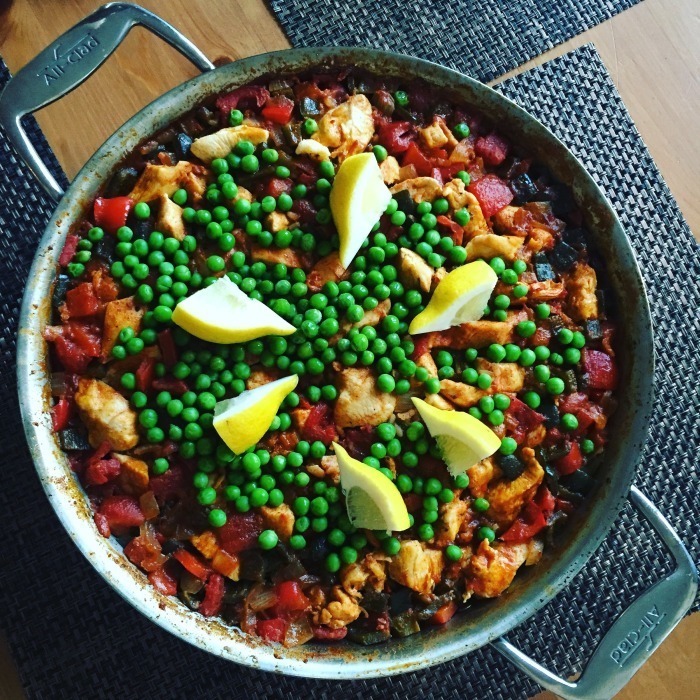 I've had enough requests for this recipe, which to date has lived only my head, such that it's time for a new Hungry Sam post!
I've had enough requests for this recipe, which to date has lived only my head, such that it's time for a new Hungry Sam post!
Good paella, in my unlearned opinion, comes down to three things. First, there should be a bonanza of textures: you want soft onions and peppers, tender proteins, and crispy, crunchy rice (known as socarrat) from the bottom and sides of the pan. Second, there ought to be clean, bright flavors like lemon and sweet peas to balance the rich earthiness of the paprika and chorizo. Third, flavor need to permeate the dish. Some restaurant paellas have these sad layers, in which the flavor sits in the rice but fails to reach any of the proteins or vegetables. Can't have that. This paella, in my view, achieves all three goals.
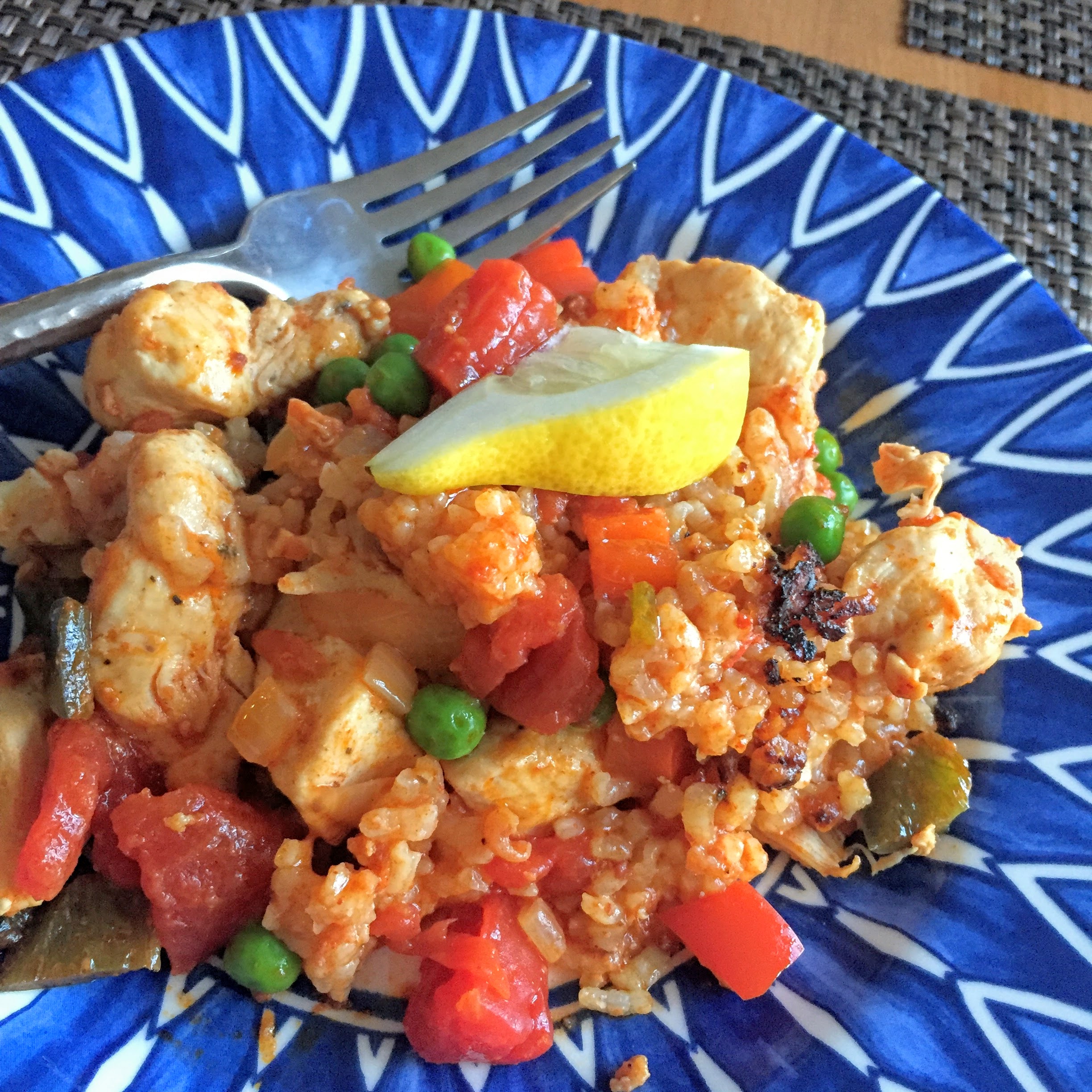 It does so with one sacrifice: there's no seafood in this recipe. Some will argue that it is not, therefore, a paella; I say to each his own. The reason I omit shrimp, clams, fish, or other likely suspects is the difficulty of achieving well-cooked seafood that nevertheless carries with it any meaningful flavor from the dish. That said, feel free to modify this recipe by adding well-cooked and seasoned seafood upon serving.
It does so with one sacrifice: there's no seafood in this recipe. Some will argue that it is not, therefore, a paella; I say to each his own. The reason I omit shrimp, clams, fish, or other likely suspects is the difficulty of achieving well-cooked seafood that nevertheless carries with it any meaningful flavor from the dish. That said, feel free to modify this recipe by adding well-cooked and seasoned seafood upon serving.
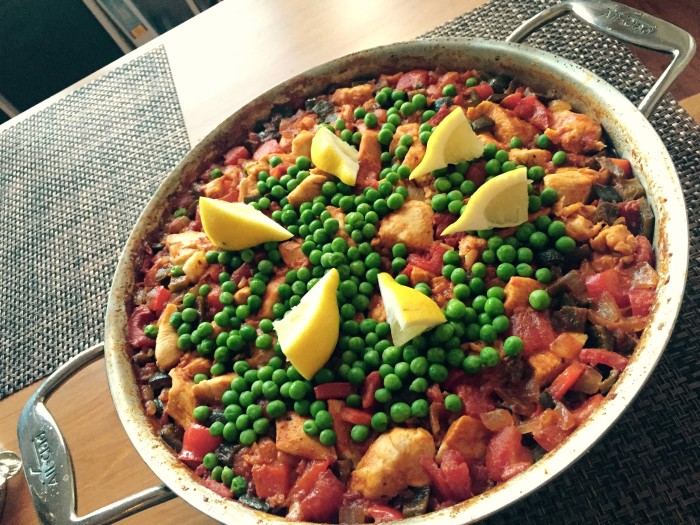 The other elevating feature of this recipe is the non-traditional addition of poblano peppers in lieu of green bell peppers. Poblanos (which I've learned are merely less ripe ancho peppers) add a nice heat, ramping up the bite of the paprika and chorizo without overpowering the more subtle flavors from the onion and red bell pepper. They're also a beautiful dark green that plays nicely against the reds and oranges in the final dish. I used two; poblanos are reasonably mild and I did want a solid capsaicin kick.
The other elevating feature of this recipe is the non-traditional addition of poblano peppers in lieu of green bell peppers. Poblanos (which I've learned are merely less ripe ancho peppers) add a nice heat, ramping up the bite of the paprika and chorizo without overpowering the more subtle flavors from the onion and red bell pepper. They're also a beautiful dark green that plays nicely against the reds and oranges in the final dish. I used two; poblanos are reasonably mild and I did want a solid capsaicin kick.
And so, without further ado:
Spicy Chicken & Chorizo Paella with Poblanos
Serves 6-8
Approximately 1 hour
Special equipment: paella pan or a wide, shallow skillet, at least 4 quarts.
A NOTE ON CHORIZO: I've made paella with pre-cooked, Spanish chorizo and raw, Mexican style chorizo, and either is excellent. The outcome is slightly different--Spanish chorizo lends less flavor to the other ingredients but leaves you with little morsels, adding texture to the final dish, while Mexican chorizo will really infuse everything else with the fats and spices in the sausage. Both make declicious paella. Note that when you add the chorizo will change depending on the chosen chorizo. (Which would be a great name for a band).
- Olive oil
- 2 1/2 lbs. boneless skinless breasts, cut into bite-sized pieces
- Salt
- Freshly ground black pepper
- 2 teaspoons paprika
- 1 large onion, diced
- 2 poblano peppers, diced
- 1 large red pepper
- 1 (14.5-ounce) can diced tomatoes
- 4 cups chicken broth
- 1 pound chorizo (see note above), diced if using Spanish style.
- 2 cups short- or medium- grain white rice, rinsed thoroughly
- Pinch saffron threads
- 1 cup frozen green peas
- Lemon wedges, for service
- Heat two tablespoons of olive oil over medium-high heat until it begins to shimmer. Working in batches, add the chicken, season with salt and pepper, and cook, stirring occasionally, until cooked through and browning nicely. Remove from pan and pour out any excess liquid
- Add a tablespoon of olive oil and saute the onions and peppers until softened, about three minutes. If you are using Mexican chorizo, add it now and cook another three minutes, stirring and breaking up the meat. (Don't worry if things start to stick to the bottom of the pan). I like to use a wooden spoon.
- Stir in the diced tomatoes, paprika, and Spanish chorizo (if using). Saute thirty seconds, stirring constantly, then add the chicken stock. Stir the mixture thoroughly, scraping up any burned bits on the bottom of the pan.
- Bring the liquid to a boil and then stir in the rice and saffron. Add the browned chicken pieces and stir to incorporate completely. (The rice should be completely covered with liquid; if it's not, add a little stock or water). Cook the paella, uncovered without stirring for 20-25 minutes, or until the rice is has absorbed most of the liquid.
- Remove the paella from the heat and scatter the top with the frozen peas. Cover and allow to sit for 5 minutes.
- Serve with ample lemon wedges and, if desired, your seafood of choice.
That's all! Makes GREAT leftovers, too. Bon appetit and b'teavon!
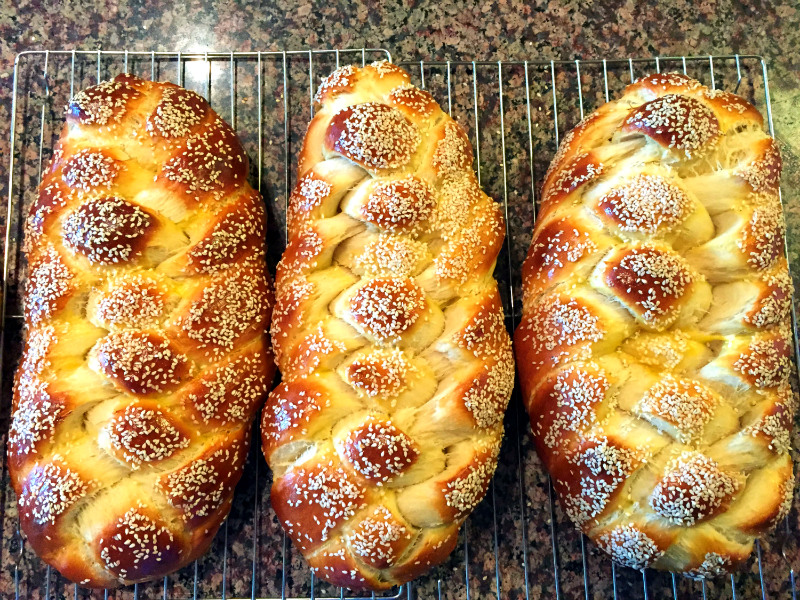
 Print Article
Print Article 